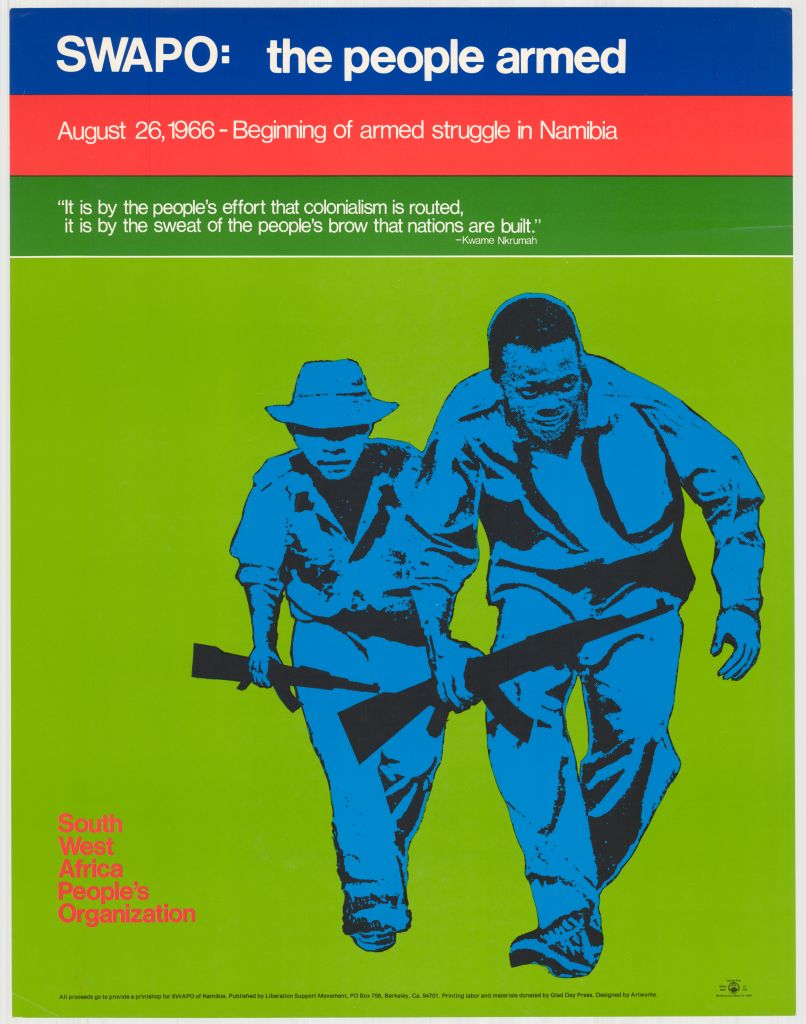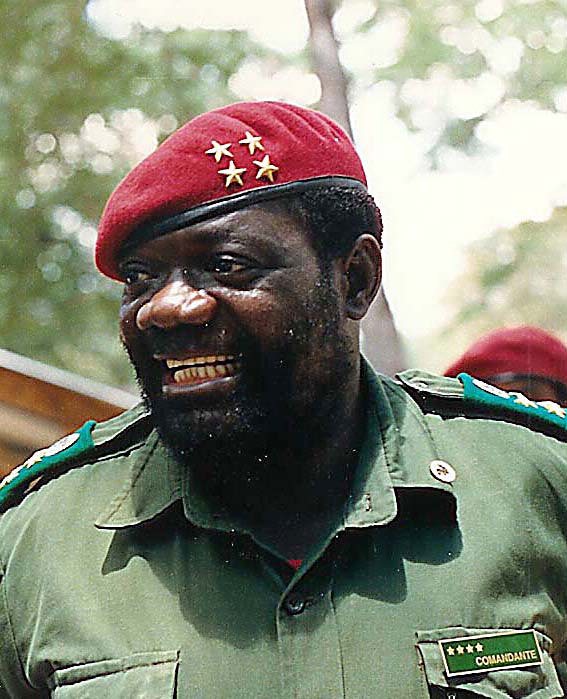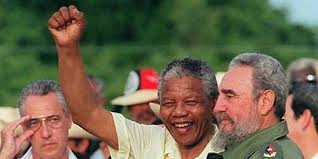Cuba and the end of Apartheid
Visions of Freedom, Havana, Washington, Pretoria and the struggle for Southern Africa, 1976-1991, Piero Gleijeses, 2013
This is a well researched history of Cuba’s involvement in Angola and the role of Cuba in the ending of South Africa’a apartheid rule. There has been so much distorted and wrong history of these events that Gleijeses felt compelled to spend years amassing documents and interviewing principals to tell the real story as best he can determine it.
Angola Founding Father Sam Nujoma 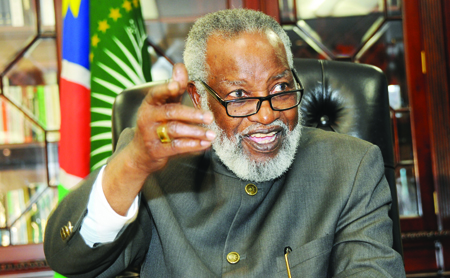
It begins with South Africa’s invasion of communist Angola in 1975 which led Cuba to send troops to Angola where they successfully drove the South Africans out of the country. The Cuban military was to remain in Angola until 1988 when they left as part of a four party settlement agreement between Cuba, Angola, South Africa, and the United States.
South Africa again attacked and destroyed a Namibian refugee camp at Cassinga in Angola. International outrage led ultimately to UN Resolution 435 which called for free elections in Namibia which South Africa occupied militarily and ruled through a puppet government. South Africa signed the resolution but knew it would lose a free election to SWAPO so refused to implement 435 til forced to do so in 1988.
Angola had its own civil war with the communist MPLA government fighting insurgent Jonas Savimbi’s UNITA. South Africa supported anti communist Savimbi militarily and economically. When Reagan became president, the US also began support of Savimbi. Savimbi spoke good English, was charismatic, and knew how to exploit anti communist sentiment. He had collaborated with Portugal in the colonial struggles and was a brutal and cruel terrorist. The Cubans made clear throughout their stay in Angola that they were there to stop South African incursions, not to help the government in its civil war.
The Soviets took a different view and helped plan and arm major MPLA offensives to destroy UNITA. The Soviets had no understanding of guerrilla warfare and wrongly believed that South Africa would stay out of their offensives. The first offensive was in 1985 and the MPLA lost about half its forces to South African artillery and air strikes. South Africa allowed the MPLA to retreat. The second disastrous attack was in 1987 and again MPLA lost many soldiers. This time South Africa pursued the MPLA with the intention of eliminating them altogether.
Cuba opposed both Soviet planned attacks but felt obligated to save the MPLA from South Africa. The counter offensive was planned by Fidel Castro himself in close consultation with his generals. Castro sent his best troops, MIG fighters, artillery and tanks and the latest Soviet anti aircraft weapons to Angola. This left him exposed at home but Gorbachev promised to send more weapons to Cuba.
Military Strategist Fidel in Angola 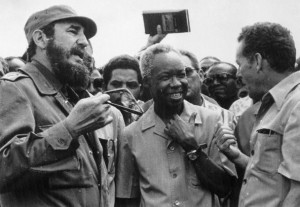
South Africa attempted to capture Cuito Cuanavale and the Cubans engaged them there. For the first time Cuba had air superiority and they prevailed. This time, Castro was determined to drive the South Africans out of Angola and developed a slow, careful, methodical campaign to achieve this objective. Reagan had set as his top priority in Africa to get the Cuban troops out of Angola. His diplomats, led by Chester Crocker, worked tirelessly trying to get the MPLA government to negotiate an agreement that would remove the Cubans but the Cubans were always excluded from these talks.
Once it was clear the Cubans were prevailing against the South Africans, American diplomats agreed to add Cuba to the negotiations. Cuba insisted that South Africa be added to the negotiations as well. Cuba had two non negotiable requirements; South Africa must implement UN Resolution 435 allowing free elections in Namibia; and South Africa must stop supporting Savimbi. After much posturing and bumbling, South Africa had to agree to the two conditions and to leave Angola. Cuba was in a position, not only to force South Africa out of Angola, but to attack South African bases in Namibia. Cuba agreed to leave Angola as part of the settlement in 1988. Free elections were held in Namibia and were won by SWAPO as expected. Free elections were also held in Angola and were won by MPLA. Savimbi refused to accept the results and US assistance was finally cut off for UNITA.
Pretoria Freedom Park Monument 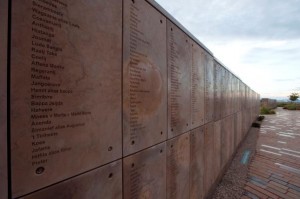
Had these events happened only a year later when the Soviet system collapsed, Cuba would have been unable to force the removal of South Africa from Angola and force free elections in Angola and Namibia. Apartheid might still have ended under the pressure of an international boycott and sanctions but who knows if and when this would have happened. When Nelson Mandela visited Fidel Castro in 1991 he acknowledged that Cuba was centrally responsible for the fall of Apartheid in South Africa. The names of the 2000 Cubans who died in Angola are enshrined alongside those of the ANC on a monument in Pretoria’s Freedom Park South Africa today.
